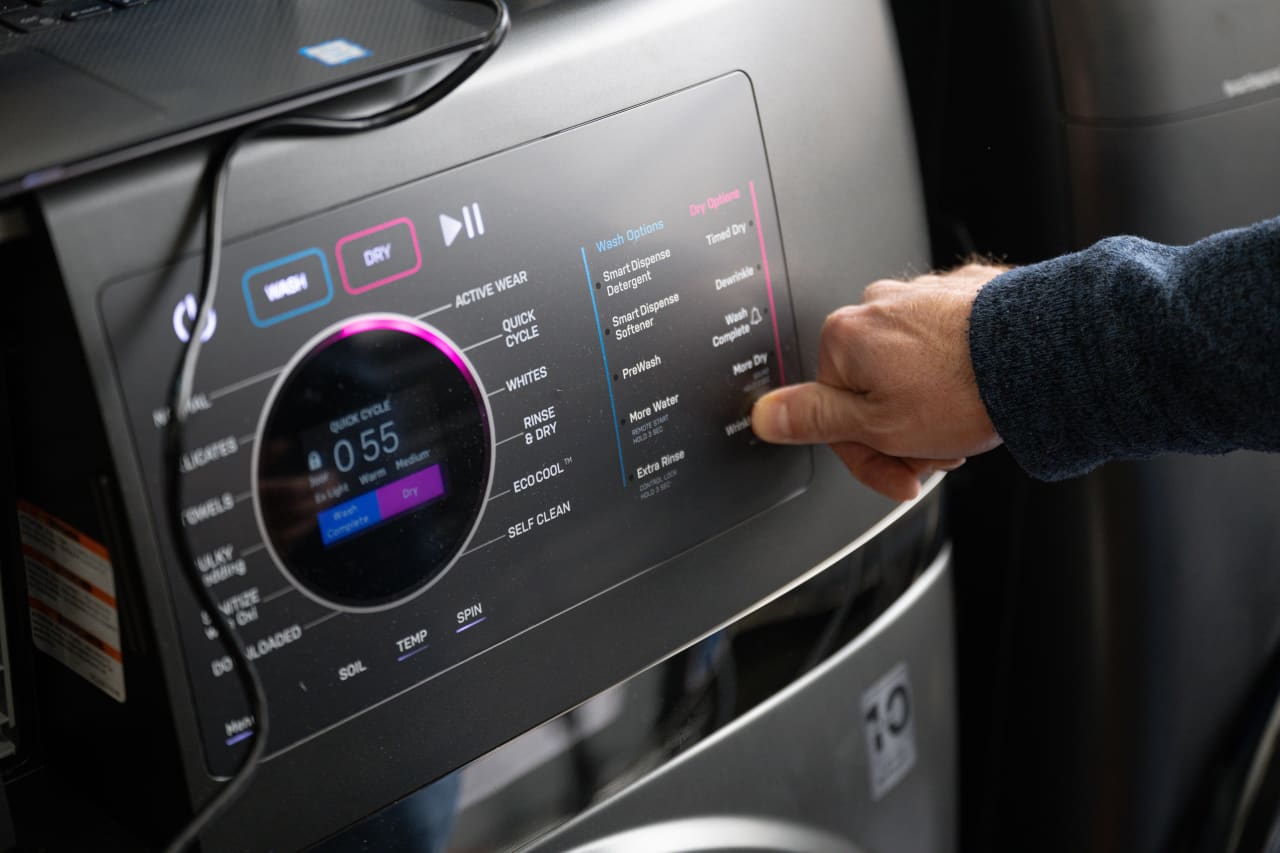Neckties’ New Future
Are boomers the generation that let fashion slide?
“We are the disruptors,” says Joseph DeAcetis, 58, creative director of the fashion blog StyleLujo, “the generation who let fashion go. We just got too lazy to dress well, to tell the truth.”
One early and lamentable casualty is the once taken-for-granted necktie. In a world where grown men now dress like their 12-year-old selves, replacing button-down shirts and wingtips with sneakers, jeans, T-shirts, and ball caps, the necktie is beginning to seem almost quaint, like a wardrobe item from an old movie, maybe Cary Grant old.
It is obviously not on the scale of a global calamity, but ties fading entirely from fashion would have lamentable downsides, partly because they are useful—adding polish and a splash of colour to neutral suits and sport coats—and partly because they are social signposts. For basically the entirety of the 20th century, and in some quarters right up until today, the stodgy old necktie has served as a beacon of what was unironically seen as respectability. Popping up your collar and knotting a tie conveyed a willingness to put yourself to some small trouble to announce yourself as part of society’s common enterprise, an outward sign of keeping yourself shipshape so you could contribute.
This arguably worthy goal may seem mossbacked when every day has become Dress Down Friday. From Steve Jobs’ pathbreaking turtleneck, to the photographs of the pointedly tieless leaders of the Group of Seven wealthy nations at Elmau, Germany, last June, to Sir Richard Branson scissoring ties off people’s shirts, an open collar now beams its own clued-in, future-aligned virtue signal. Even in some traditional business settings, it has become a badge of success not to have to wear a tie.
“A friend of mine just went for an important job interview in New York and I asked him if he wore a tie,” says Karen Alberg Grossman, editor of menswear trade publication MR Magazine. The guy said nope, he didn’t: “I was there for them to kiss up to me, not me to kiss up to them.”
Amid all this, tie makers might have to squint hard to locate any green shoots. But on the other hand, fashion trends are notoriously fickle. “The state of the tie market has been dismal,” Grossman says, “but there is a notable return to dress-up in menswear right now. I’m not sure I’d call it a comeback, but we will see more ties being sold in 2023 than 2022.”
Anne-Marie Colban, co-owner of Paris’ venerable Charvet, agrees. “We have been happily surprised since the Covid lockdown to see sartorial elegance make a strong comeback. And the desire to wear ties has come back along with it.”
But tie-wearing has come back changed, as Colban acknowledges. “Men wear ties for pleasure now, not because of social conventions,” she says. “A tie is an ornamental piece and an expression of refinement, not a constraint.”
It is a note you hear sounded elsewhere around the industry. There is a feeling—a hope, anyway—that neckties may be entering a new era of creativity and securing a smaller but vibrant niche as items of self-expression.
It is a bet Jonathan Meizler went all-in on 11 years ago. His Orchard Street atelier on New York’s Lower East Side, called Title of Work, handcrafts striking and outré ties at prices ranging from around $275 to $1,000. Incorporating elements like rattlesnake vertebrae, gauzy veils, hand-painting, and fine beadwork, they are, says Meizler, “a blending of the worlds of art and couture on a 58-inch by 2½-inch canvas.”
They are definitely not for everyone or for most daily occasions, nor does Meizler intend them to be. But what Title of Work’s works might be instead is the cutting edge of neckwear’s new direction. “As a symbol of masculine power, ties have fallen away,” Meizler says. “But as an avenue for defining yourself and your style, there is plenty of room for that.”
That avenue also looks promising to more mainstream luxury clothiers. “Nowadays, men wear ties because they want to, not because they have to,” explains Christophe Goineau, creative director of men’s silk for Hermès. “This has liberated the creative process considerably and invited reinvention: We can create a tie in grenadine silk, add a tufted horse head or a shower of embroidered motifs.”
“All the rules we knew have been abandoned,” Goineau adds. “The tie has become an easygoing and liberated fashion accessory.”
Sidebar:
NOT YOUR GRANDPA’S NECKTIE
Today’s tie designers get creative with pattern and color
(1) Title of Work’s Plaid Beaded Necktie 1005
A deconstructed plaid pattern, intricate and asymmetrical, is hand-beaded and embroidered on tulle overlay. (US$800)
(2) Hermès’ 7 Faconnee New H tie in raisin
The 7 Faconnee New H is hand-sewn 100% silk twill. A series of infinite “H”s are revealed in the jacquard weave of this tie. Made in France. (US$215)
(3) Hermès’ Faconnee H 24 in orange
Hermès employs jacquard weaving to repeat the brand’s iconic “H” letters in this refined-casual hand-sewn, 100% silk twill tie. (US$215)
(4) Title of Work’s Standing Woman 1079
This free-form line drawing of a woman is hand- embroidered on tulle overlay. (US$500)
(5) Title of Work’s Line Gradient Necktie 075
This navy to burgundy gradient creates an ombré effect on this custom-woven silk twill tie. (US$225)
This article appears in the March 2023 issue of Penta magazine.
 Copyright 2020, Dow Jones & Company, Inc. All Rights Reserved Worldwide. LEARN MORE
Copyright 2020, Dow Jones & Company, Inc. All Rights Reserved Worldwide. LEARN MORE
This stylish family home combines a classic palette and finishes with a flexible floorplan
Just 55 minutes from Sydney, make this your creative getaway located in the majestic Hawkesbury region.
More than one fifth of Australians are cutting back on the number of people they socialise with
Australian social circles are shrinking as more people look for ways to keep a lid on spending, a new survey has found.
New research from Finder found more than one fifth of respondents had dropped a friend or reduced their social circle because they were unable to afford the same levels of social activity. The survey questioned 1,041 people about how increasing concerns about affordability were affecting their social lives. The results showed 6 percent had cut ties with a friend, 16 percent were going out with fewer people and 26 percent were going to fewer events.
Expensive events such as hens’ parties and weddings were among the activities people were looking to avoid, indicating younger people were those most feeling the brunt of cost of living pressures. According to Canstar, the average cost of a wedding in NSW was between $37,108 to $41,245 and marginally lower in Victoria at $36, 358 to $37,430.
But not all age groups are curbing their social circle. While the survey found that 10 percent of Gen Z respondents had cut off a friend, only 2 percent of Baby Boomers had done similar.
Money expert at Finder, Rebecca Pike, said many had no choice but to prioritise necessities like bills over discretionary activities.
“Unfortunately, for some, social activities have become a luxury they can no longer afford,” she said.
This stylish family home combines a classic palette and finishes with a flexible floorplan
Just 55 minutes from Sydney, make this your creative getaway located in the majestic Hawkesbury region.






















